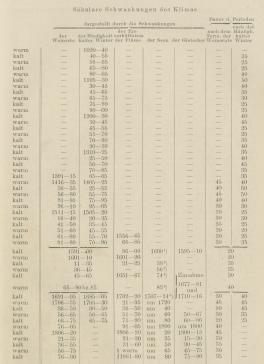“From Herodotus to Global Circulation” examines the role of data in the methodological development of climatology from the middle of the nineteenth century to the 1920s. Starting with the question of how the definition of climate varied and changed during this period, the project analyses the collection and use of climatological data in different environments around the globe. It pays particular attention to the changing understanding of what scientists deemed appropriate and significant information on weather and climate, highlighting the embeddedness of evaluative processes in both internal academic developments and external techno-political and cultural dynamics. Climatology developed against the backdrop of the consolidation of the modern research university, European incursions into overseas environments, and technological developments in the field of environmental analysis.
Around the turn of the twentieth century, some European climatologists started to abandon the wealth of different sources—ranging from ancient manuscripts, to medieval vintage dates, and eyewitness accounts of indigenous observers—and endeavored to focus on more easily quantifiable instrumental data of atmospheric phenomena. This attempted turn towards physics and the atmosphere was a response to a perceived impasse in the field of climatology, whose practitioners faced large amounts of heterogeneous data and had not been able to provide convincing causal models for climatic oscillations and changes. “From Herodotus to Global Circulation” aims to uncover the reasons and repercussions of this slow and always contentious emergence of a new kind of climatology, which did not overcome, but rather coexisted in a tense relationship with telluric approaches over the first decades of the twentieth century.

